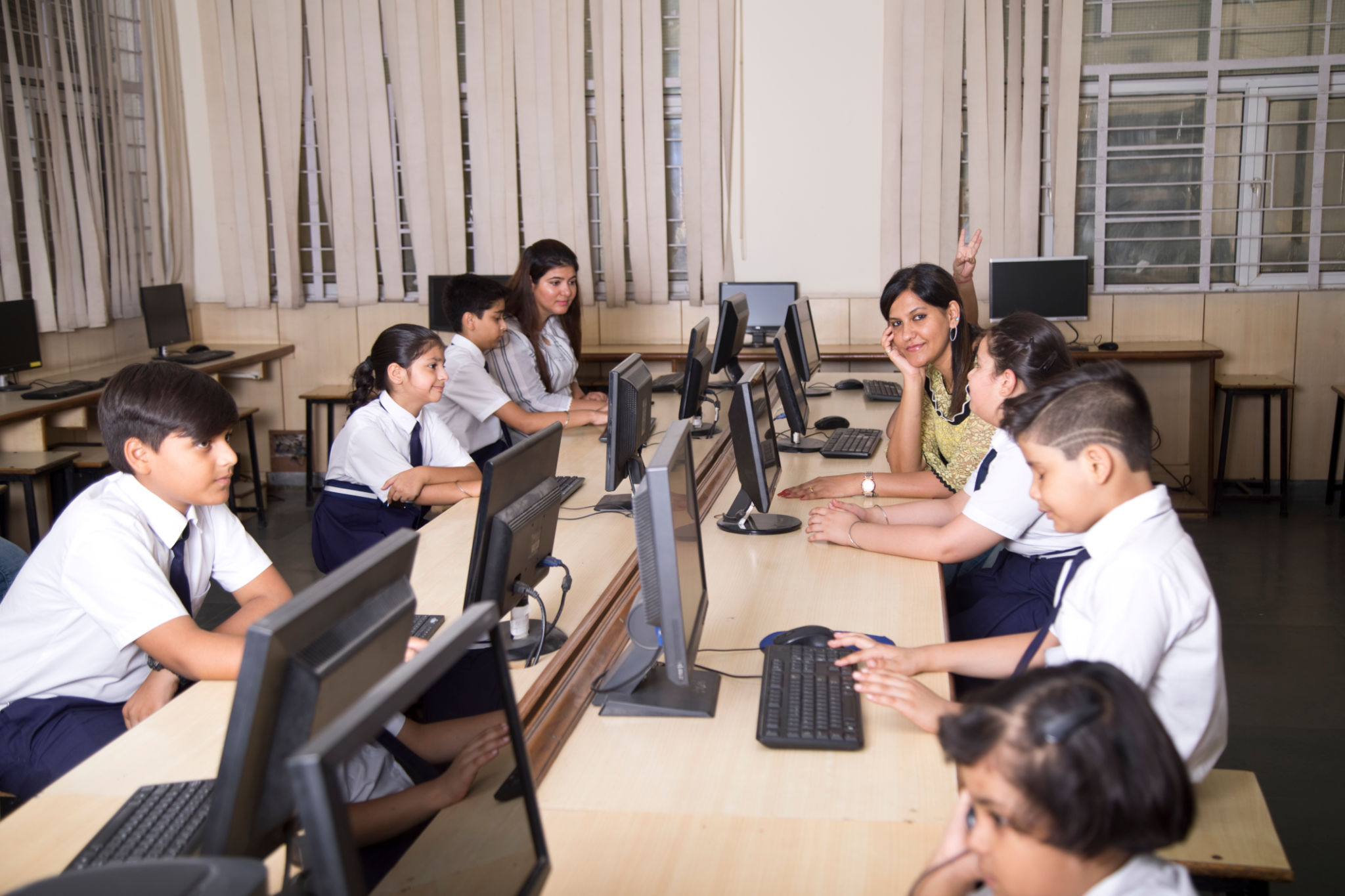Case Study: Successful Integration of Technology in Indian Schools
Introduction to Technology Integration in Indian Schools
In recent years, technology has become an integral part of the educational landscape across the globe. Indian schools, in particular, have shown remarkable progress in integrating technology into their teaching methodologies. This transformation has not only enhanced the learning experience but also bridged the digital divide that previously limited educational opportunities for many students.
The successful integration of technology in Indian schools serves as a beacon for other educational institutions aiming to modernize their teaching practices. This case study explores the strategies employed, challenges faced, and the overall impact of technology in Indian education.

Strategies for Integration
Government Initiatives and Support
The Indian government has played a pivotal role in driving technological advancements in education. Initiatives like the Digital India campaign and ePathshala have been instrumental in providing digital resources and infrastructure to schools across the country. These programs aim to ensure that every student has access to quality educational content, irrespective of their geographical location.
Collaborations with Private Sector
Partnerships between the government and private companies have further accelerated technology integration. Companies like Google, Microsoft, and local startups have collaborated with educational institutions to provide affordable devices, training for teachers, and customized learning platforms. These collaborations have led to the development of innovative solutions tailored to the unique needs of Indian students.

Challenges and Solutions
Overcoming Infrastructure Limitations
One of the primary challenges faced by Indian schools is inadequate infrastructure. Many rural areas lack stable internet connections and sufficient power supply. To address these issues, solutions such as solar-powered classrooms and offline digital content have been implemented, ensuring uninterrupted learning experiences for students.
Teacher Training and Adaptation
Another significant challenge is equipping teachers with the necessary skills to effectively use technology in their teaching. Continuous professional development programs have been organized to train teachers on digital tools and pedagogies. These programs focus on enhancing teachers' confidence and competence in using technology as an educational tool.

Impact on Students
Enhanced Learning Experience
The integration of technology has revolutionized the learning experience for students. Interactive and multimedia-rich content has made learning more engaging and effective. Students can now access a plethora of resources online, allowing them to explore subjects beyond the traditional curriculum.
Improved Accessibility and Inclusivity
Technology has also improved accessibility for students with disabilities. Assistive technologies such as screen readers and speech-to-text software have opened new avenues for learning, ensuring that every student can participate fully in the educational process. This inclusivity is a significant step forward in creating an equitable learning environment.
Conclusion
The successful integration of technology in Indian schools is a testament to the power of innovation and collaboration. By overcoming challenges and leveraging resources effectively, Indian educators have set a precedent for others to follow. As technology continues to evolve, it holds the promise of further transforming education, making it more accessible, inclusive, and engaging for students across India.